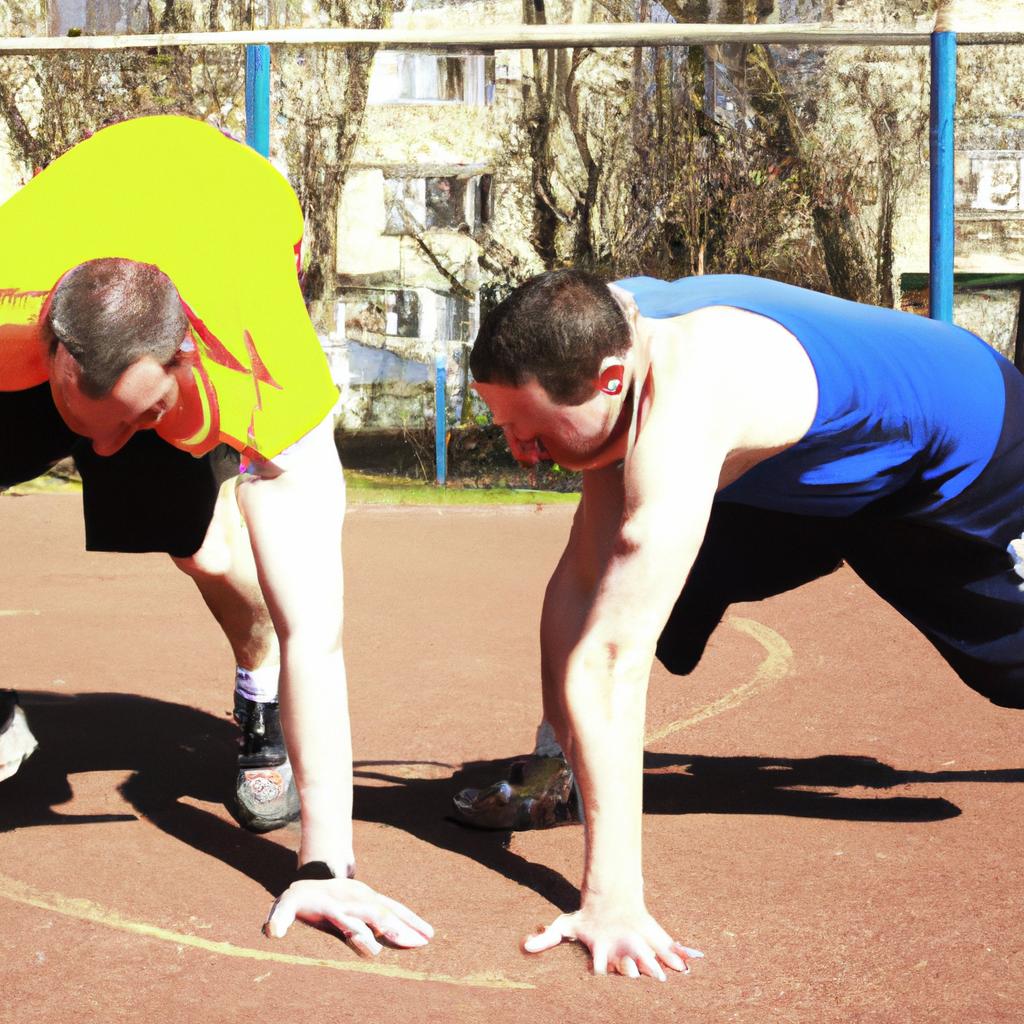**”The Importance of Coordination Training in Injury Prevention: Techniques and Drills to Enhance Motor Skills for Athletes”**
# The Importance of Coordination Training in Injury Prevention: Techniques and Drills to Enhance Motor Skills for Athletes
In the world of sports, success is often measured in seconds, inches, or points. As athletes strive for peak performance, the importance of coordination training cannot be overstated. Coordination training enhances motor skills, improves balance, and significantly reduces the risk of injuries. This blog post will delve into the importance of coordination training, introduce effective techniques and drills, and provide additional tips on nutrition and exercise to optimize performance.
## The Significance of Coordination Training
Coordination training is an essential aspect of athletic preparation that focuses on improving the ability to control movement patterns. This can lead to enhanced performance and decreased injury risk.
### Understanding Coordination
Coordination involves the integration of sensory information with motor function. This means that the brain, muscles, and senses must work together seamlessly. Athletes who possess high levels of coordination can perform complex movements with precision and speed, allowing them to thrive in competitive environments.
### Injury Prevention
Injuries often occur when an athlete’s body fails to respond adequately to the demands placed upon it. Poor coordination can lead to misalignments and imbalances that increase the likelihood of injuries, such as sprains or strains. By incorporating coordination training into their routine, athletes can improve their body awareness, responsiveness, and overall movement efficiency, thereby reducing their injury risk.
## Techniques and Drills for Enhancing Coordination
Incorporating specific drills and exercises into training routines can significantly enhance an athlete’s coordination. Here are some effective techniques:
### Agility Ladder Drills
Agility ladder drills are excellent for improving footwork and coordination. Athletes can perform various patterns, such as high knees, lateral steps, or in-and-out movements, to enhance their agility and quickness.
### Balance Exercises
Balance is a crucial element of coordination. Exercises such as single-leg stands, stability ball squats, or using balance boards can help athletes develop better stability and control over their movements.
### Plyometric Drills
Plyometric exercises, such as box jumps or depth jumps, promote explosive power while improving coordination. These drills require athletes to synchronize their movements quickly and efficiently, enhancing overall athletic performance.
## Nutrition Tips
Proper nutrition plays a critical role in an athlete’s performance and recovery. Here are some nutrition tips to support coordination training:
### Nutrient-Dense Foods
Athletes should focus on consuming a balanced diet rich in whole foods, including fruits, vegetables, lean proteins, whole grains, and healthy fats. These foods provide essential nutrients that support muscle function and recovery.
### Hydration
Staying hydrated is crucial for maintaining optimal performance. Dehydration can impair coordination and lead to fatigue, so athletes should ensure they drink enough water throughout the day, particularly during training and competition.
### Timing of Meals
Strategically timing meals can also enhance performance. Consuming carbohydrates and protein before and after training can help fuel workouts and promote recovery, further supporting coordination training efforts.
## Exercise Advice
Incorporating various exercises into a training routine can help athletes improve their coordination. Here’s some advice on how to effectively integrate coordination training:
### Consistency is Key
To see improvements in coordination, athletes should train consistently. Incorporating coordination drills into regular workouts, ideally three to four times a week, will yield the best results.
### Progress Gradually
Start with basic coordination drills and gradually increase the complexity as athletes become more comfortable. This progressive approach helps to build a solid foundation while minimizing the risk of injury.
### Mix it Up
Diverse training methods keep workouts engaging and challenging. Mixing agility drills, balance exercises, and plyometrics can ensure that athletes develop a well-rounded skill set.
## Health Benefits
Coordination training offers a plethora of health benefits beyond injury prevention.
### Enhanced Performance
Improved coordination translates to better overall performance in sports. Athletes can execute movements with greater precision, speed, and efficiency, leading to improved outcomes in competitions.
### Increased Confidence
As athletes develop their coordination skills, they often experience a boost in confidence. This newfound confidence can translate into better performance and a more enjoyable experience in their sport.
### Overall Fitness
Coordination training often incorporates various physical activities that promote cardiovascular health, flexibility, and strength, contributing to an athlete’s overall fitness and well-being.
## Conclusion
Incorporating coordination training into athletic routines is vital for enhancing motor skills and preventing injuries. By utilizing effective techniques and drills, adhering to proper nutrition, and maintaining a consistent exercise regimen, athletes can significantly improve their performance while safeguarding their health. Ultimately, prioritizing coordination training not only prepares athletes for the rigors of competition but also fosters a healthier, more resilient body.















Post Comment